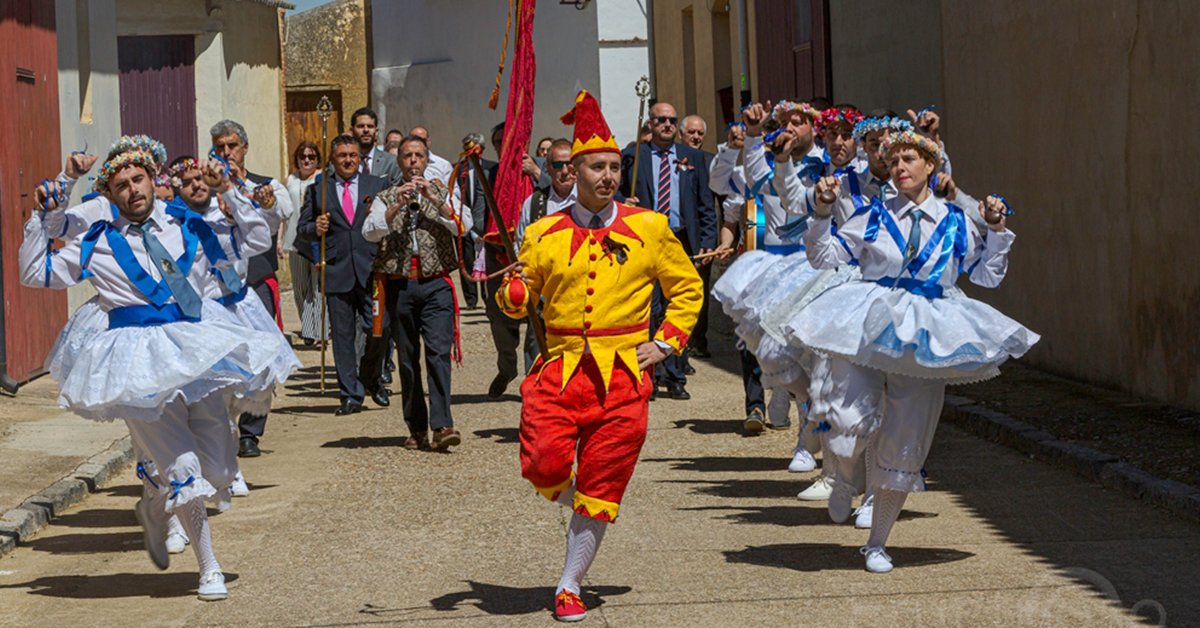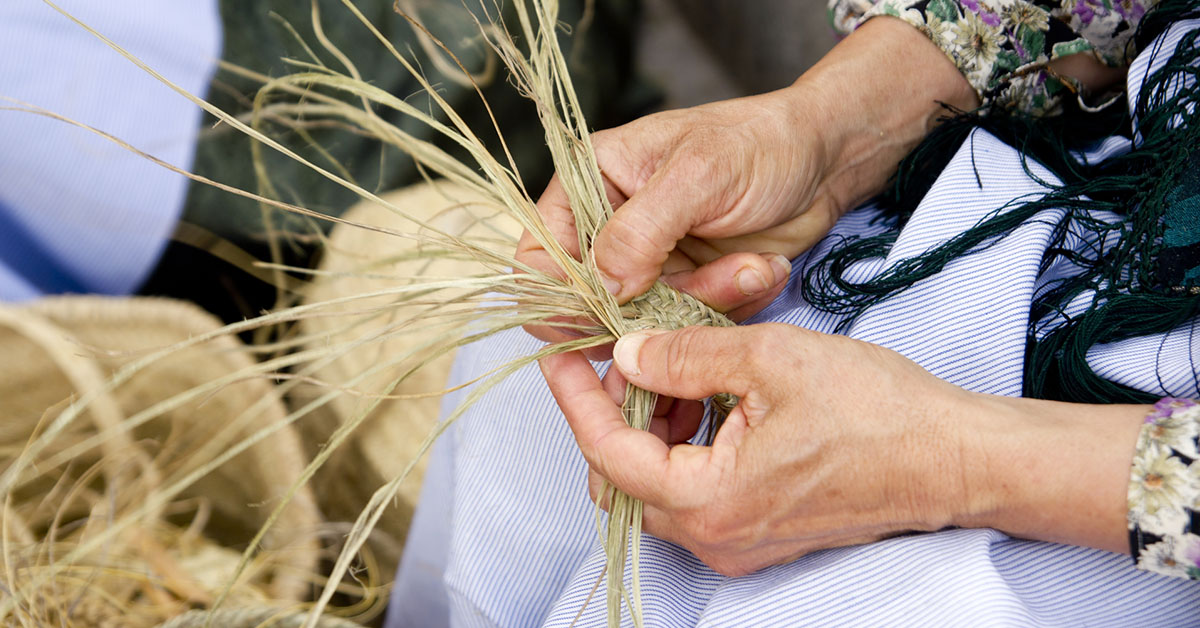Archives
When we think of intangible cultural heritage (ICH) – and, above all, when we try to explain exactly what it means – we tend to resort to its more spectacular or iconic expressions: festivities, commemorative and traditional representations, music, bertsolarismo [improvised poetry in Basque], dance, sport, crafts…
We are now adding the gender value to the intangible variable associated to that cultural heritage (even though it can and is usually based on tangible elements).
(more…)
Copyright and its regulations have been a source of major disputes and headaches in the field of intangible cultural heritage. In fact, our legal system has developed legislation according to ownership, and linking that to the creation or authorship in the sphere of the intangible.
What occurs then in the case of the expressions of intangible cultural heritage where it is difficult or impossible to establish a specific author? Who then holds the legally recognised copyright?
The expressions of intangible cultural heritage have led to in-depth debates on the legal aspects in the academic field and the international arena in general. As our legal systems focus copyright on such solid concepts and principles as ownership and authorship.
Intangible cultural heritage is in vogue. With this clear statement, we seek to reflect on the evolution that this heritage area has undergone since UNESCO produced the Convention for the Safeguarding of Intangible Cultural Heritage in 2003. It was ratified by Spain in 2005 and subsequently embodied in tools such as the Spanish National Plan for Safeguarding Intangible Cultural Heritage (2011), the Safeguarding the Cultural Heritage Act 10/2015, of 26 May, and the different reforms implemented to include the term and their application in regional legislation.
In recent years, its development has led to the emergence of debates mainly focused on the different management models for the heritage status processes, its consideration in relation to other tangible heritage areas, and the role played by the carrier community, with the latter taken to be the set of key players of the different intangible practices classified according to the areas established by the 2003 Convention.
(more…)







